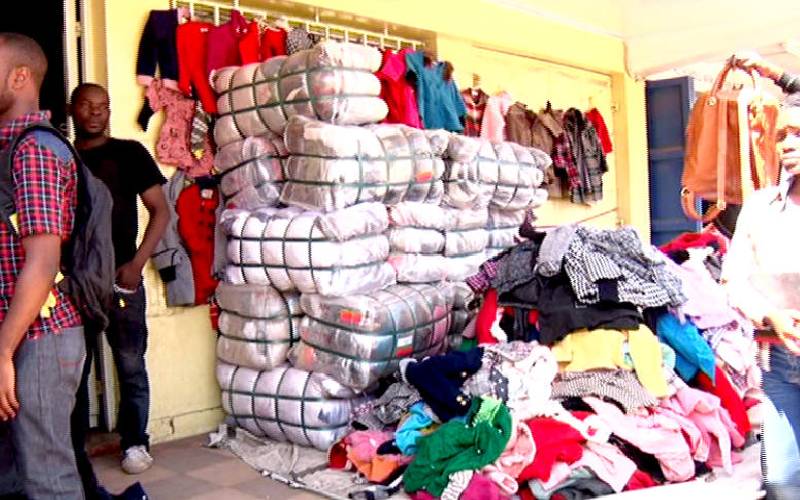×
The Standard e-Paper
Kenya’s Boldest Voice

Mitumba traders awaiting for supplies from the wholesalers at their stalls in Gikomba market in 2017. [Benadeta Mwaura, Standard]
At Gikomba, Kenya’s largest flea market situated in Nairobi, it is easier to pick out the most popular business as one walks around.